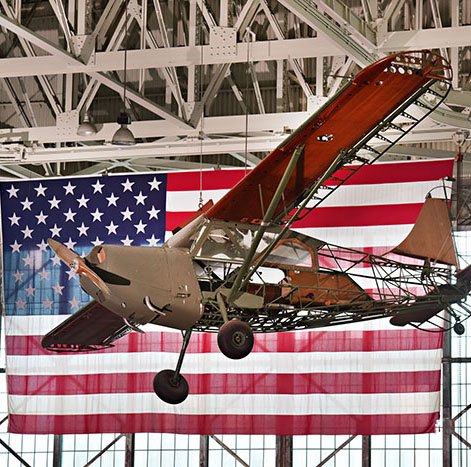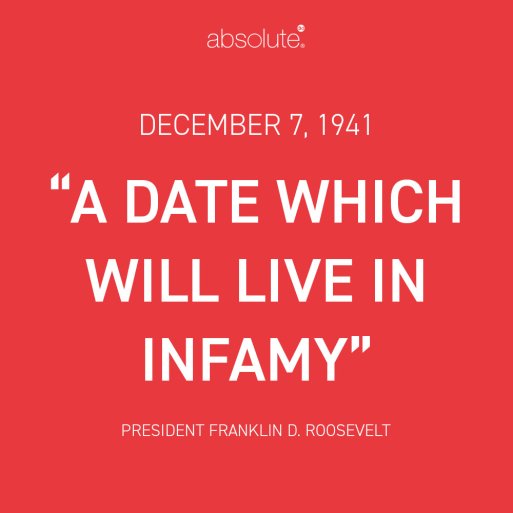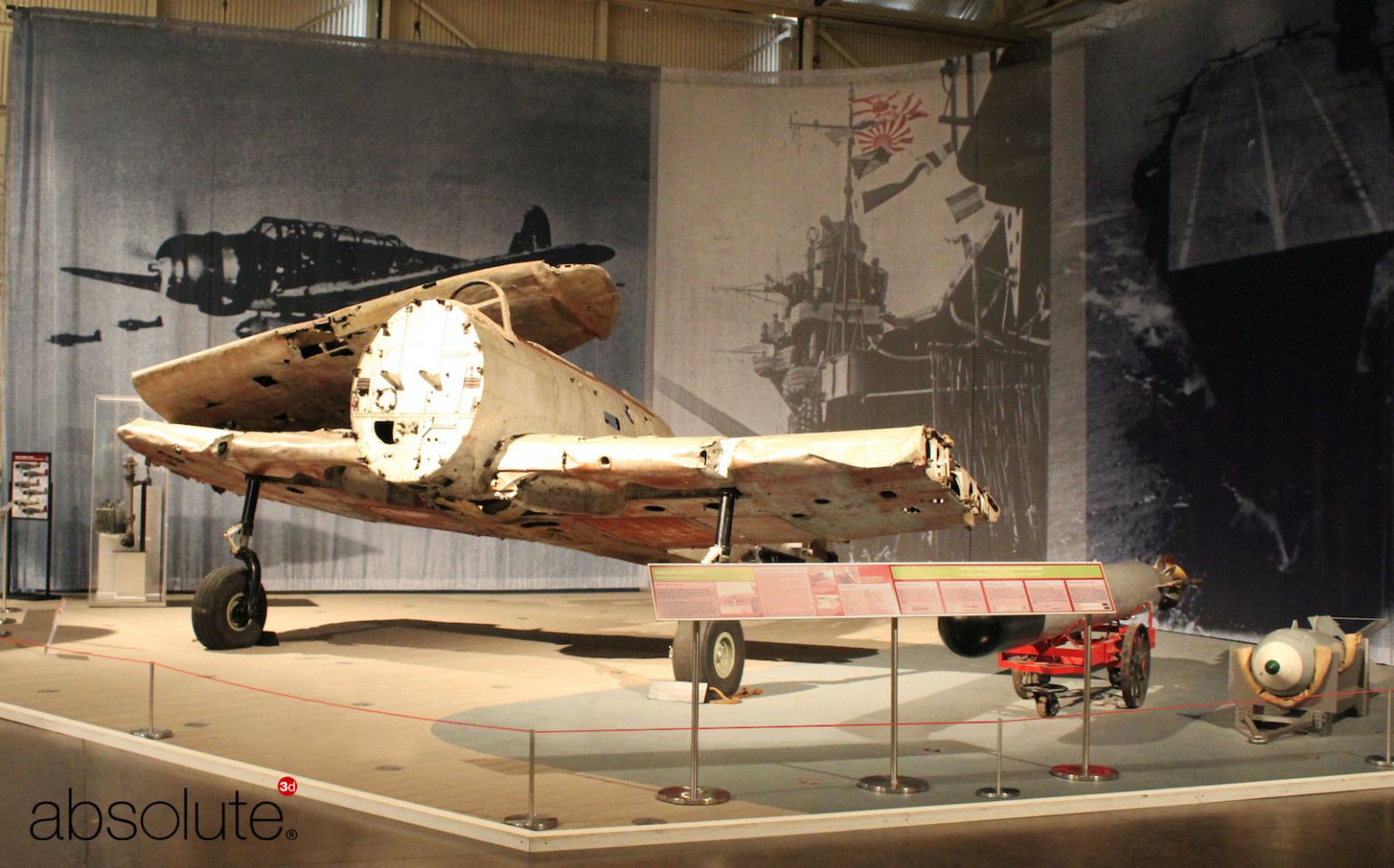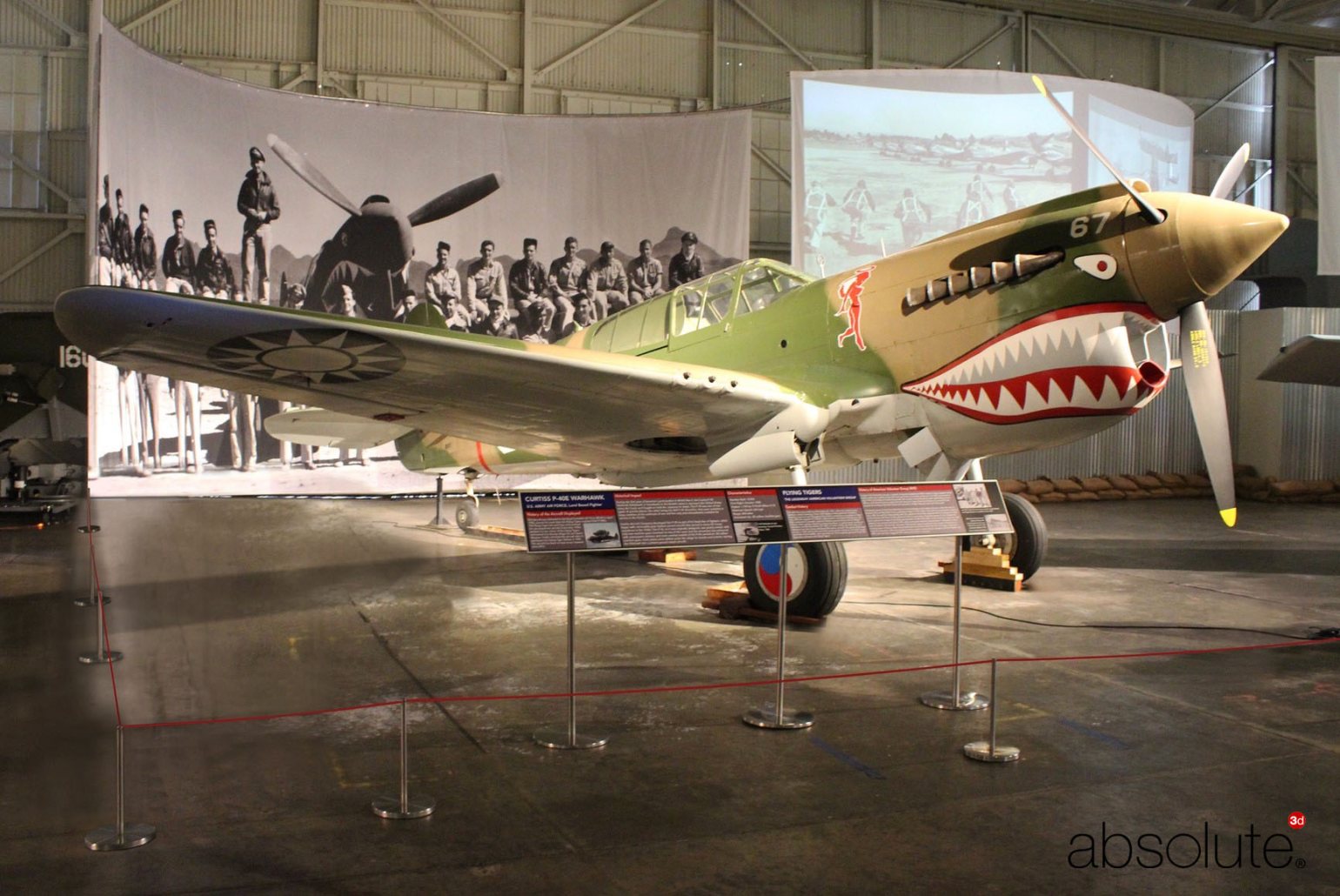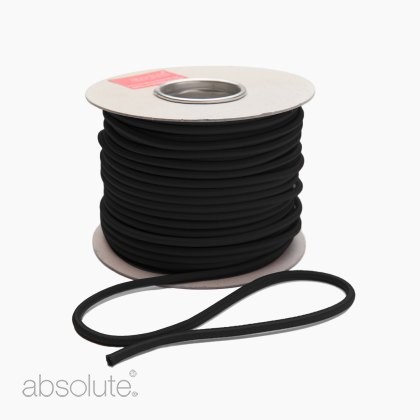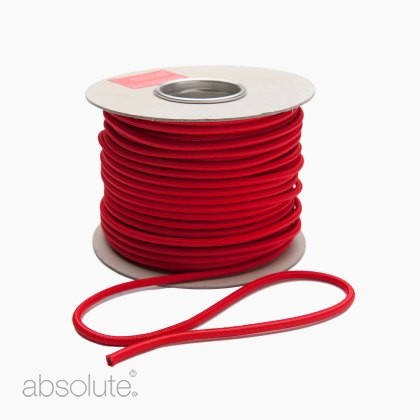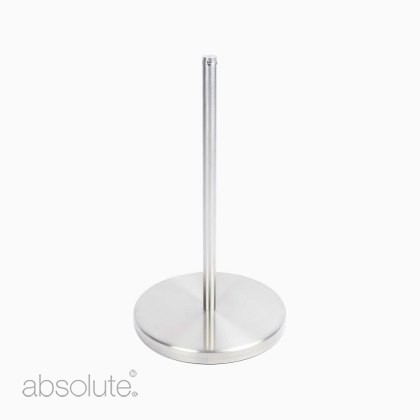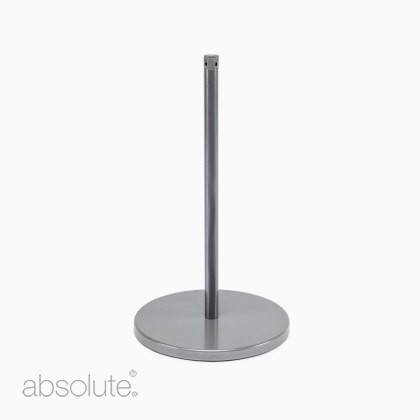Spotlight: Pearl Harbor Aviation Museum
![The Stinson L-5E Sentinel on display at the Pearl Harbor Aviation Museum. The Stinson L-5E Sentinel on display at the Pearl Harbor Aviation Museum.]()
Find out how Pearl Harbor Aviation Museum utilized Absolute information and protective stanchion systems.
Need more information about our unique museum grade solutions?Image Left: An exhibit from the Pearl Harbor Aviation Museum - The Stinson L-5E Sentinel (source)
Get in touchThe Pearl Harbor Aviation Museum aim:
“To steward America’s first aviation battlefield of World War II sharing the artifacts, personal stories, the impact and response to the December 7, 1941 attack and the Pacific region battles that followed, honoring those who have defended our freedom so we might educate and inspire future generations.”About Pearl Harbor
Just before 8 am, on Sunday, December 7, 1941, Japan commenced an attack on the U.S. that would go down in history as one of the most significant acts of war of all time.
Pearl Harbor, despite housing vast numbers of naval vessels and airplanes, was relatively unprotected. The U.S. did not believe that Japan would start a war by attacking Hawaii, because of its distance from what American military leaders believed to be the most likely locations for initial attack. This combination of a concentrated target and lack of anticipation created the perfect opportunity for Japan. War had been on the horizon for some time with the U.S., so it was more a matter of when than if.
The surprise attack on Pearl Harbor was of devastating magnitude. In just 90 minutes 2,403 Americans were killed and 1,178 were injured, all eight U.S. Navy battleships were damaged, with nearly 20 ships sunk or damaged in total and over 300 U.S. aircraft destroyed or damaged. Thankfully, numerous carrier-based planes that would have normally been parked at Ford Island (Pearl Harbor) were at sea aboard their aircraft carriers for exercises and so were fatefully spared.
The attack marked America’s declaration of war against Japan, initiating the U.S. effort in World War II and President Franklin D. Roosevelt proclaimed December 7, 1941, as ‘a date which will live in infamy’.![Text explaining that 2,403 Americans were killed and 1,178 more injured in 90 minutes during the Pearl Harbor attack on December 7th, 1941. Text explaining that 2,403 Americans were killed and 1,178 more injured in 90 minutes during the Pearl Harbor attack on December 7th, 1941.]()
![Text containing a quote by Franklin D. Roosevelt “A date which will live in infamy”, after the December 7th, 1941, Pearl Harbor attack. Text containing a quote by Franklin D. Roosevelt “A date which will live in infamy”, after the December 7th, 1941, Pearl Harbor attack.]()
![Text explaining that during the Pearl Harbor attack on December 7th, 1941, 300+ aircrafts were destroyed or damaged in 90 minutes. Text explaining that during the Pearl Harbor attack on December 7th, 1941, 300+ aircrafts were destroyed or damaged in 90 minutes.]()
Preserving History
Fast forward to the 1990s and preservation of Pearl Harbor became a priority. A group of concerned Hawaiian citizens stepped forward to create a world-class Aviation Museum in the surviving historic hangars. The Pearl Harbor Aviation Museum (PHAM) aim is:
“To steward America’s first aviation battlefield of World War II sharing the artifacts, personal stories, the impact and response to the December 7, 1941 attack and the Pacific region battles that followed, honoring those who have defended our freedom so we might educate and inspire future generations.”![Nakajima B5N “Kate” at the Pearl Harbor Aviation Museum, protected by Absolute Freestanding Barriers and information displayed on a Reader Rail. Nakajima B5N “Kate” at the Pearl Harbor Aviation Museum, protected by Absolute Freestanding Barriers and information displayed on a Reader Rail.]()
Above: The Nakajima B5N “Kate” protected by the Absolute 16" Freestanding Barrier, with the Absolute Reader Rail displaying information
Our work with Pearl Harbor Aviation Museum
One of the joys of what we do is getting to be a small part of such culturally and historically significant efforts of preservation and education. The Pearl Harbor Aviation Museum (PHAM) is certainly a great example of this.
We first began working with PHAM in early 2018. They were looking for an effective way to present information in one of their exhibitions. Absolute Reader Rail. are the best choice when you need to display an extensive quantity of information in a continuous format that provides an accessible narrative style and so this was the perfect solution for this project.You Might Also Like: "In Action: Cutty Sark"
In 2019 the Museum was then working on two new exhibits featuring the Curtiss P-40E Warhawk (pictured below) and the Japanese Nakajima B5N “Kate” (pictured above) and needed an effective museum stanchion solution to clearly indicate visitor boundaries around the planes without obstructing their view. Our 16" (400mm) Freestanding Stanchion, in conjunction with our red elasticated cord, offered exactly what they needed.
The height of the 16" (400mm) Freestanding Stanchion makes it discreet and allows visitors an unobstructed view of the aircraft, but the use of red cord makes the boundary reminder slightly stronger. We find that aircraft museums often opt for the red cord when choosing their stanchion system for this reason and due to the size and nature of their exhibits.
This new exhibition also required information points, for which another set of our Reader Rail were deployed. The stainless steel reader rails used in conjunction with our 16" (400mm) Freestanding Stanchion create a cohesive system that subtly compliments the exhibition aesthetically whilst also functioning effectively and so optimizing visitor experience.
The Reader Rail is presented on top of two or more stainless steel Information Stands at an angle of 60 degrees, so that it is visible to adults, children and wheelchair users alike, and minimizes or eliminates reflected glare from overhead lighting. The label is also protected with a faceplate of clear, low reflect acrylic that comes ready fitted to the Reader Rail.![Absolute Freestanding Barrier protecting the Curtiss P-40E Warhawk (Fighter), and related information displayed on a Reader Rail. Absolute Freestanding Barrier protecting the Curtiss P-40E Warhawk (Fighter), and related information displayed on a Reader Rail.]()
Above: The Curtiss P-40E Warhawk (Fighter) protected by the Absolute 16" Freestanding Barrier, with the Absolute Reader Rail displaying information.
We are very proud to play a small yet robust role in the Pearl Harbor Aviation Museum’s exhibits and look forward to assisting them with future projects.
If you have any questions about exhibition design and how our solutions might be able to help with your display then please do contact us, we would be delighted to discuss your needs with you and offer our advice.To find out more about our services, please do not hesitate to get in touch with us.
Find out more about the Pearl Harbor Aviation Museum.
Elasticated Barrier Cordfrom £36.00 (ex VAT)Freestanding Barrier (400mm)from £114.00 (ex VAT)-
Posted by Jade Turner
7th December 2020

